
Helenium autumnale ‘Baudirektor Linne’
July presents a range of attractive flowers in every part of UBC Botanical Garden. The Arrival Plaza provides a dense concentration, and Horticulturist Scott Ferguson has been working hard to make this area a constantly changing, vibrant, welcoming entrance to the garden. Highlights of his summer display include plenty of hot-coloured flowers, such as Crocosmia ‘Lucifer’ (montbretia), Bistorta amplexicaule (red bistort) and Helenium ’Baudirektor Linne’ (sneezeweed), but there are cooling blues, too. Catananche cerulea (Cupid’s dart), Gentiana asclepiadea (willow gentian) and Geranium ‘Gerwat’ Rᴏsᴀɴɴᴇ are standouts here.
The E. H. Lohbrunner Alpine Garden, like the Arrival Plaza, displays a riotous concentration of blooms in summer, and the African section is a magnet for flower lovers. Here, blue Agapanthus hybrids (hardy lily-of-the-Nile) rub shoulders with exotic gladioli and torch lilies. Gladiolus ‘Ruby’ is a star performer. With its luxurious velvety-scarlet flowers, this hybrid is a definite crowd pleaser. The hardy South African ice plants are represented, primarily by the stalwart magenta-flowered Delosperma cooperi (Cooper’s ice plant) and golden Delosperma basuticum (white-eyed ice plant) though there are other similarly attractive Delosperma species scattered about. A variety of torch lilies, mostly hybrids, are reliable summer bloomers, their orange flower buds fading to yellow as they mature and open. This is the common, distinctive look of most Kniphofia species, but Kniphofia triangularis subsp. obtusiloba (mandarin torch lily) is notable for its unchanging deep mandarin-orange flowers in July. A different, but equally attractive shade of orange is exhibited by the giant montbretia, Crocosmia massoniorum. Both the crocosmias and kniphofias are adapted to bird pollination, and while hummingbirds are common visitors to these plants here, in Africa—where there are no hovering birds—the sturdy flower stalks of these species provide perches for the small nectar-feeding birds that provide their pollination services.
The forested David C. Lam Asian Garden provides visitors with a bit more breathing room and a somewhat less-pronounced torrent of flowers than either the Alpine or entrance gardens. Not that there’s anything wrong with flowers, but a bit of green is a useful palate cleanser in a garden. Meliosma cuneifolia (wedge-leaf bubble-flower tree) (Upper Asian Way opposite the Moon Gate) produces its bounteous display of elegant drooping panicles of white flowers against deep green leaves in early July. The tiny flowers are not only deliciously fragrant, but notwithstanding ambient noise, they open with an audible popping sound. A closely related species, Meliosma myriantha (many-flowered bubble-flower tree) with bushier, more upright growth and perkier panicles, is in a somewhat quieter location (Lower Asian Way and Meyer Glade) for those who want to experience this auditory phenomenon. Hypericum forrestii (St. John’s wort) (Upper Asian Way near the shop in the garden) makes no noises that I can detect, but puts on a considerable and long-lasting show with its waves of egg-yolk-yellow flowers, copiously produced at the tips of sumptuous-deep-green leafy stems. Most of the climbing roses will have finished by now (you should have been here in June!), but Rosa x odorata ‘Mutabilis’ (butterfly rose) is in full flight now (Upper Asian Way at Straley Trail). One of the first remontant (repeat-blooming) roses, this hybrid is thought to be one of the earliest ancestors of hybrid tea roses.
Like the climbing roses, our four Rodgersia species had their floral peak in June, but all of them display reddening, ripening seed capsules—a kind of second flowering—on their substantial inflorescences (now, technically infructescences). Among the best of these (in my humble opinion) is Rodgersia sambucifolia (elder-leaf rodgersia) (Straley Trail by Lower Asian Way and Lower Asian Way west of Tschonoski Trail). Like the rodgersias, some Asian stewartias have a “second flowering.” Stewartia rostrata (beaked stewartia) (Straley Trail near Lower Asian Way and Lower Asian way west of Meyer Meadow) displays expanded red calyces (the calyx is the collective term for the sepals) that ring its developing seed capsules in July. The prolific pink- and white-flowered Geranium asphodeloides (asphodel cranesbill) is across Straley Trail from Rodgersia sambucifolia, and while its peak is normally June, it often continues well into July. Across Lower Asian Way is Hydrangea bifida (two-lobed dienanthe), an herbaceous perennial hydrangea with small pinkish-white flowers. A bluish-flowered version, Hydrangea caerulea (blue dienanthe) is located in the Asian woodland section of the Alpine Garden. Both were previously known under the genus name Dienanthe. I mention hydrangeas because July is also when most are in flower. With more than 100 different kinds of hydrangea in the Botanical Garden (trees, shrubs, climbers, herbaceous perennials), I would be remiss to not mention at least one or two.
- Agapanthus
- Delosperma cooperi
- Delosperma basuticum
- Crocosmia massoniorum
- Crocosmia ‘Lucifer’
- Catananche caerulea
- Bistorta amplexicaulis
- Stewartia rostrata
- Rosa x odorata ‘Mutabilis’
- Rodgersia sambucifolia
- Meliosma myriantha
- Meliosma cuneifolia
- Kniphofia triangularis subsp obtusifolia
- Hypericum forrestii
- Hydrangea caerulea
- Hydrangea bifida
- Helenium autumnale ‘Baudirektor Linne’
- Gladiolus ‘Ruby’ with Agapanthus
- Geranium asphodeloides
Written by:
Douglas Justice
Associate Director, Horticulture and Collections
UBC Botanical Garden

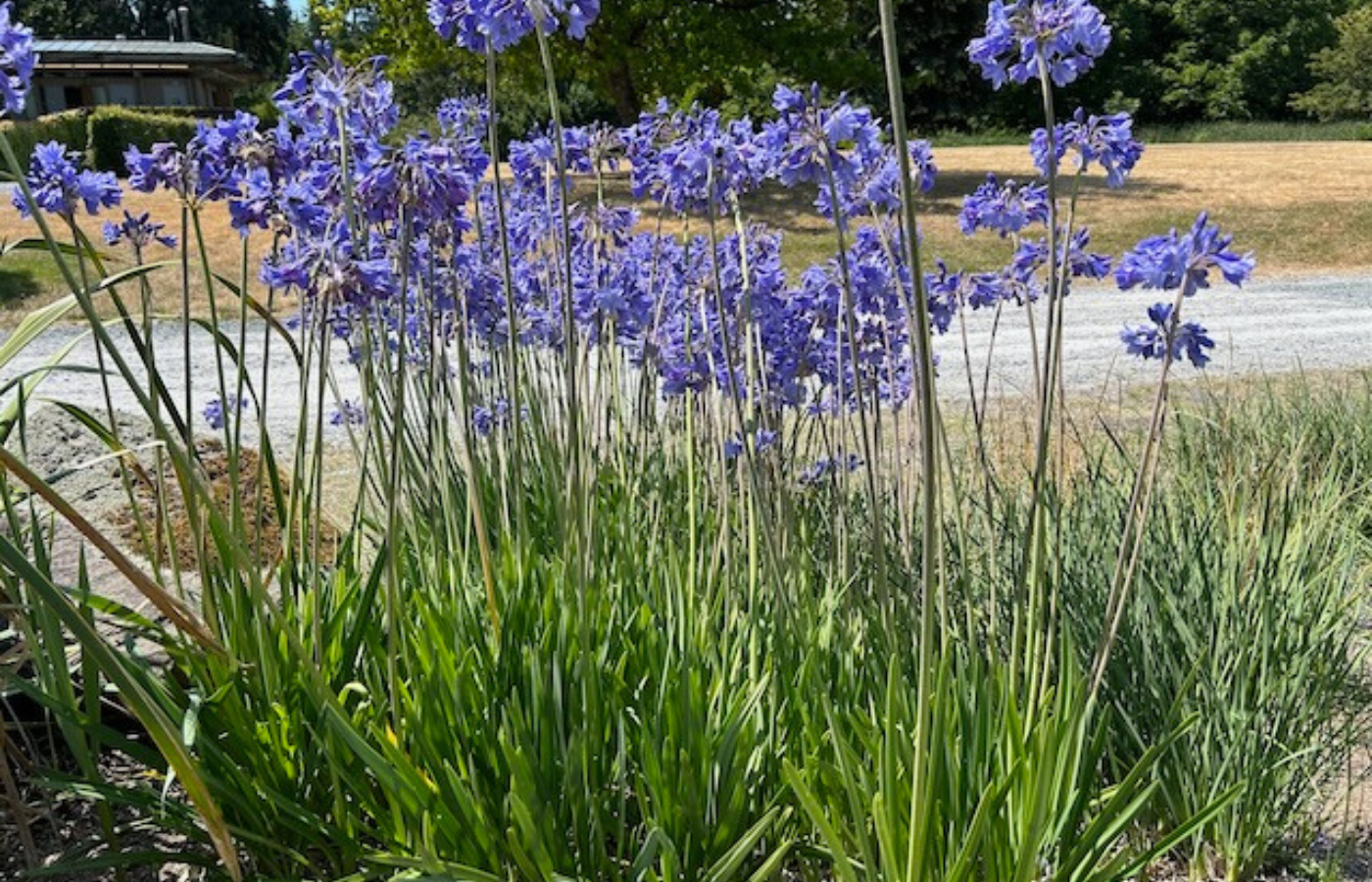
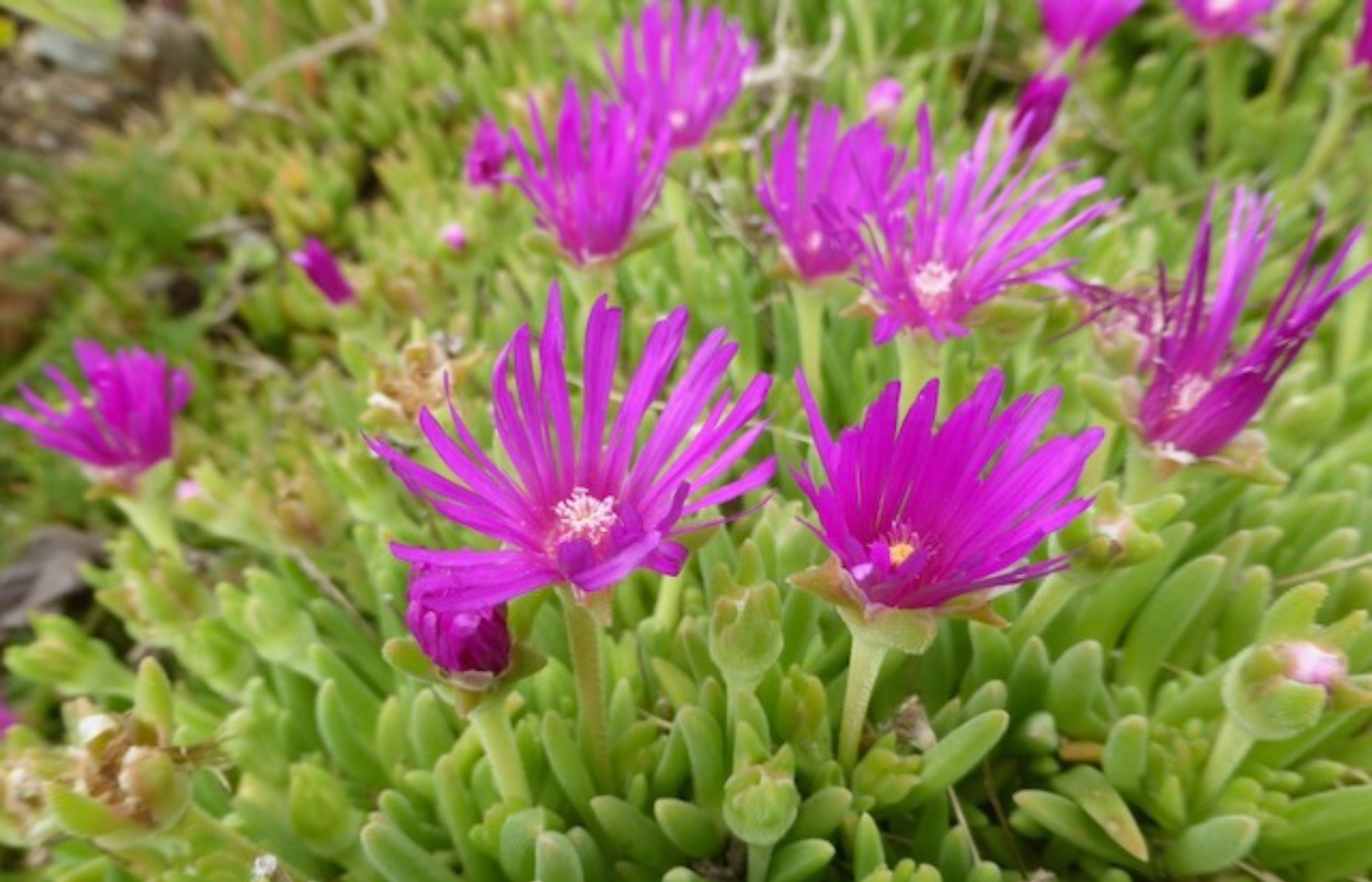
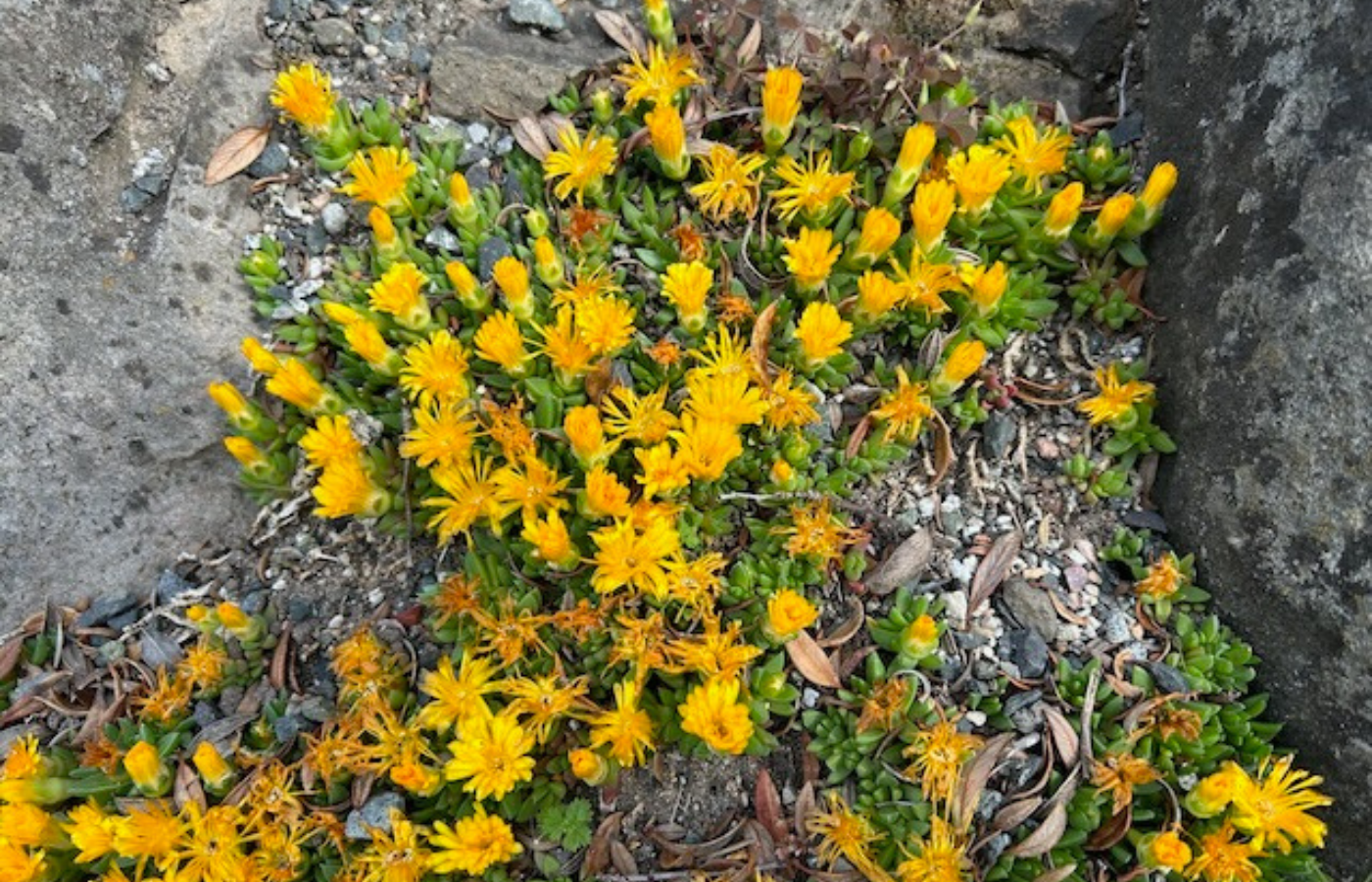
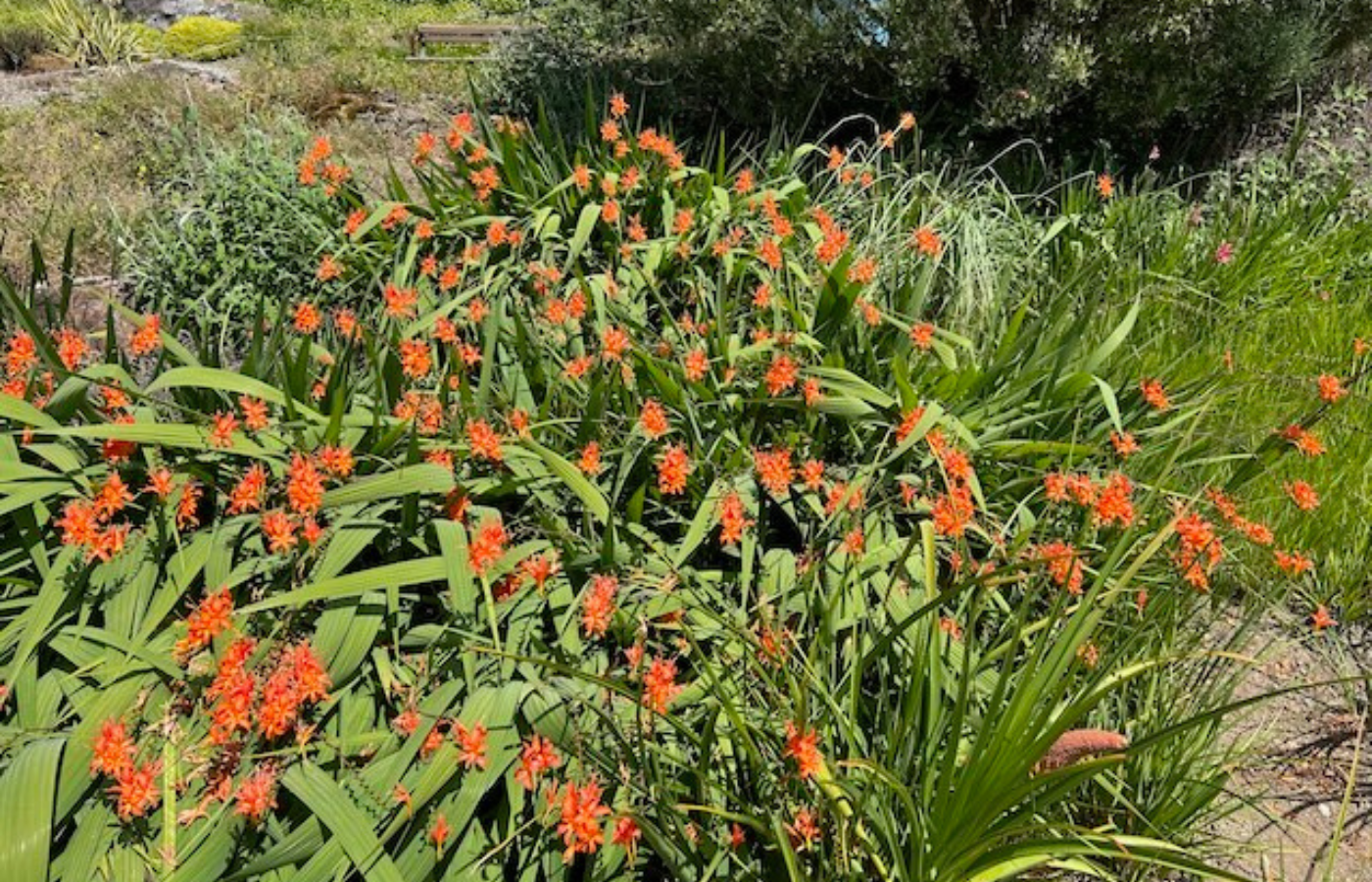
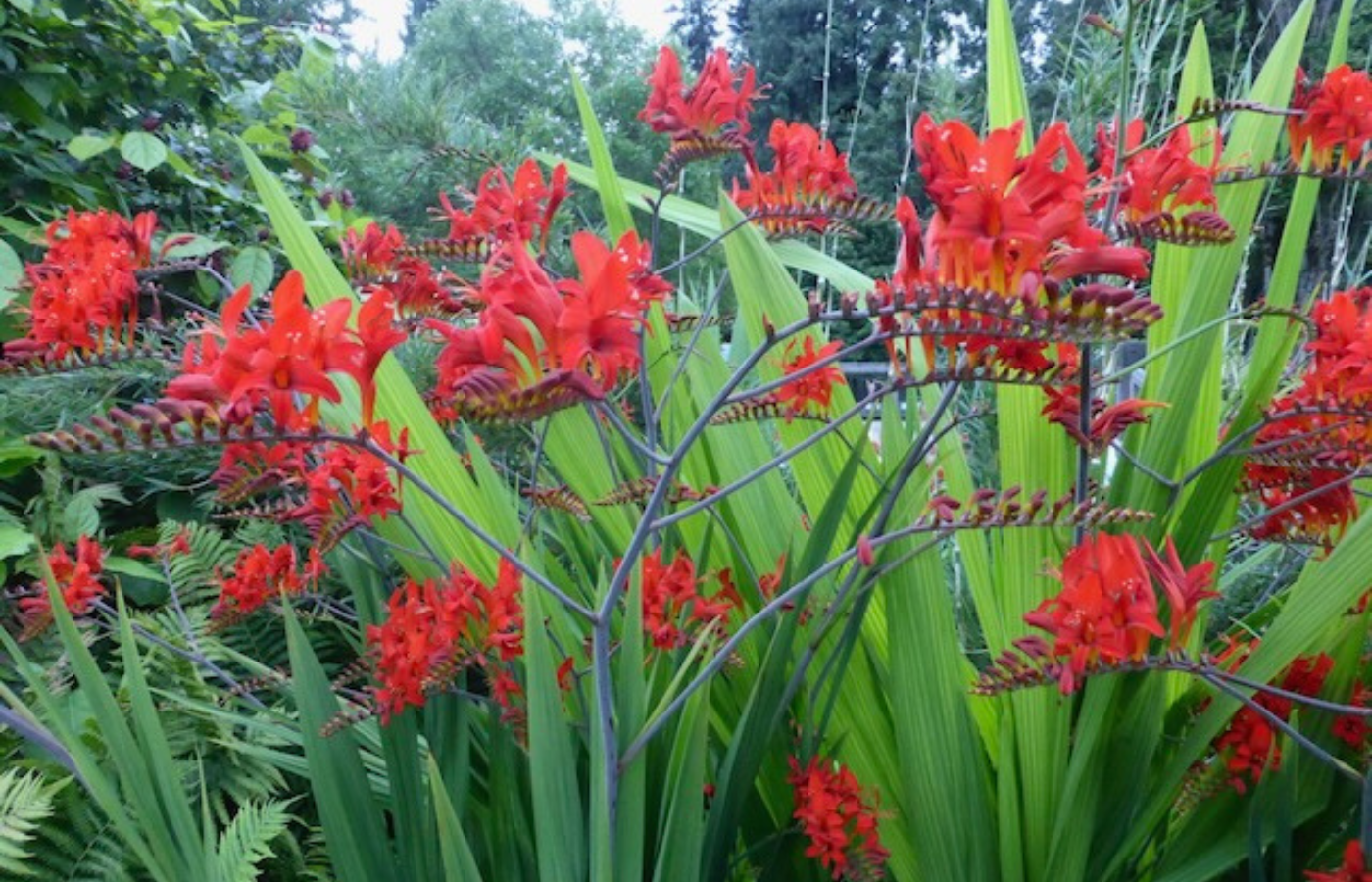
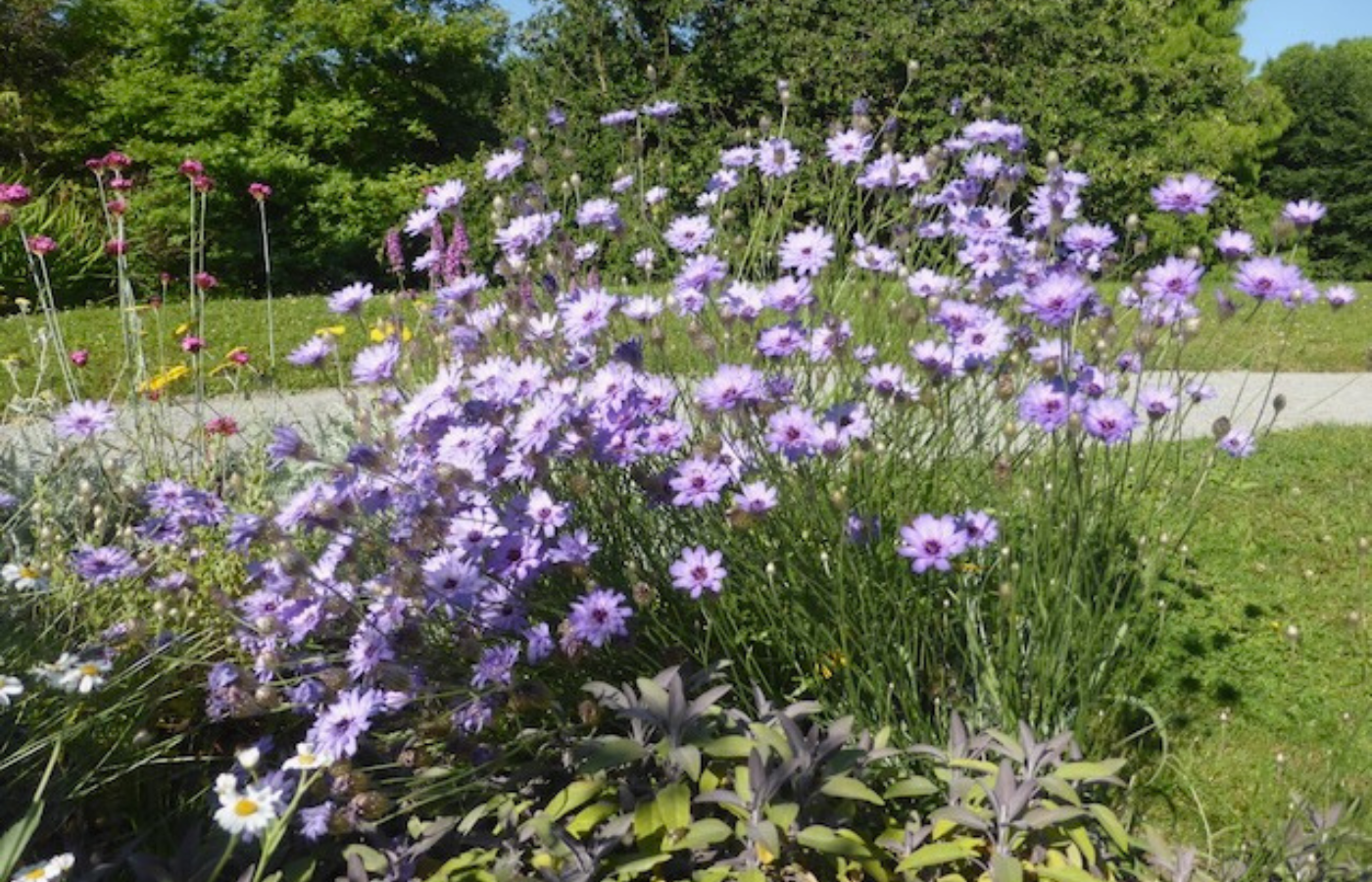
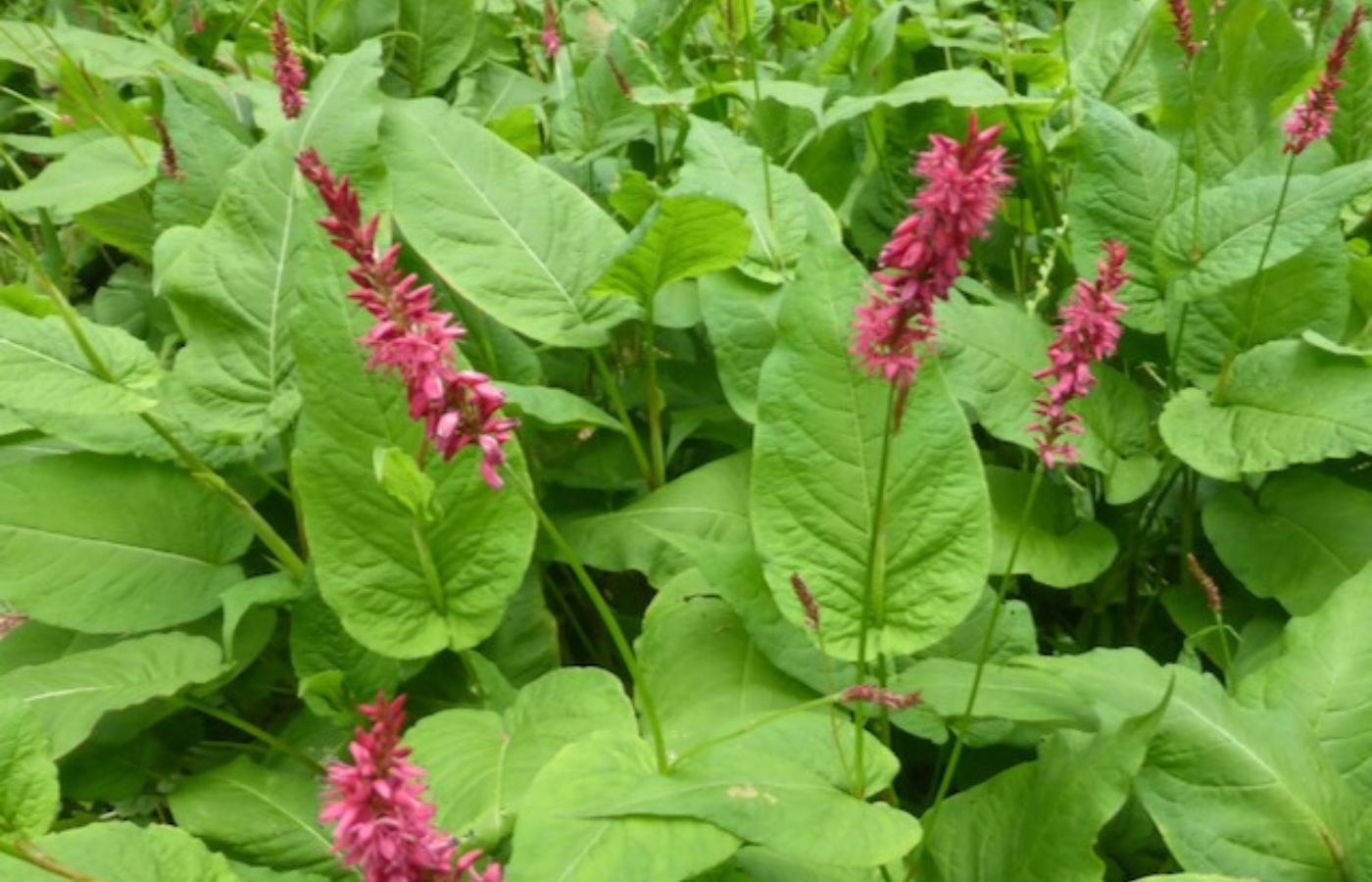
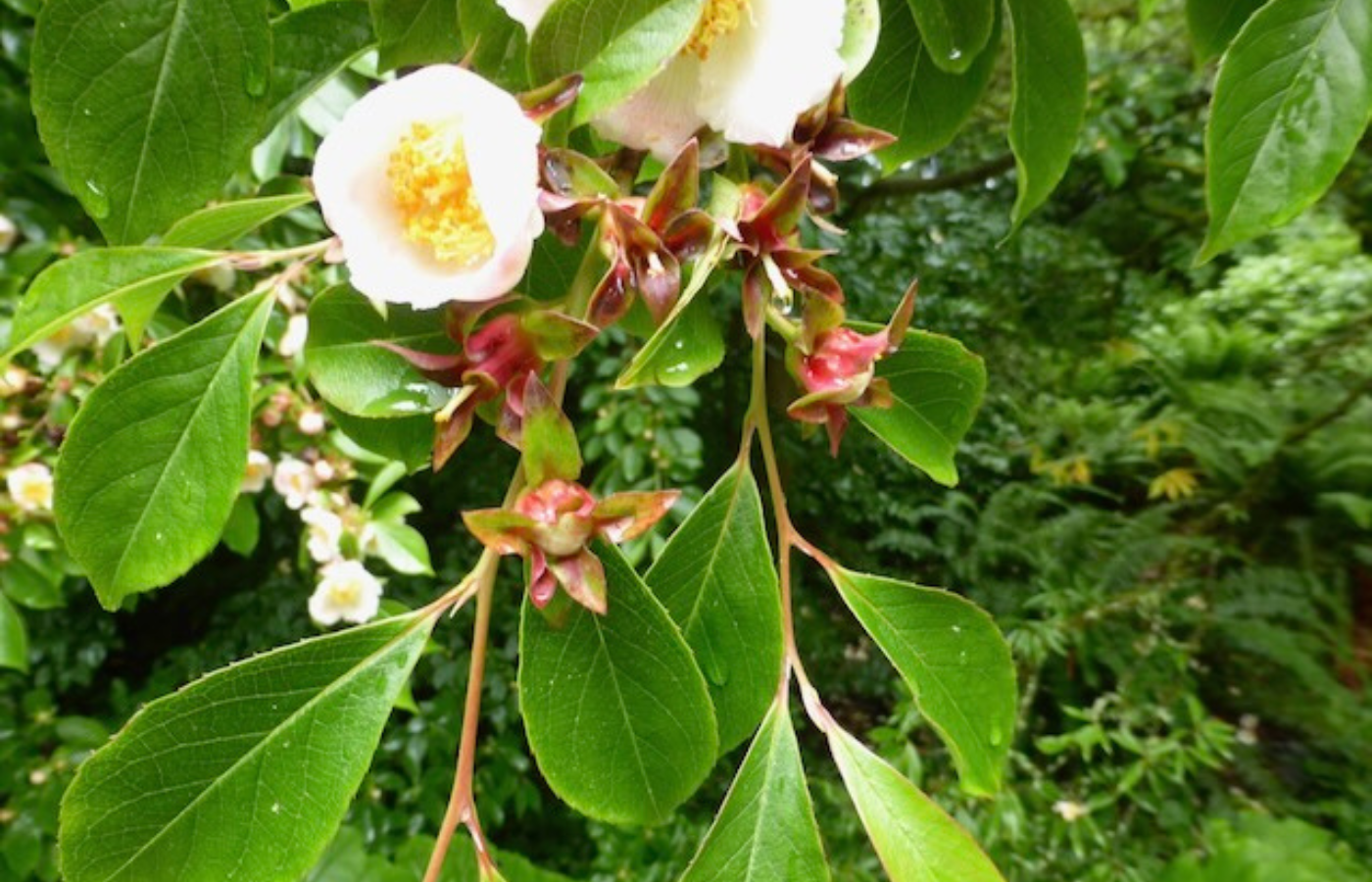
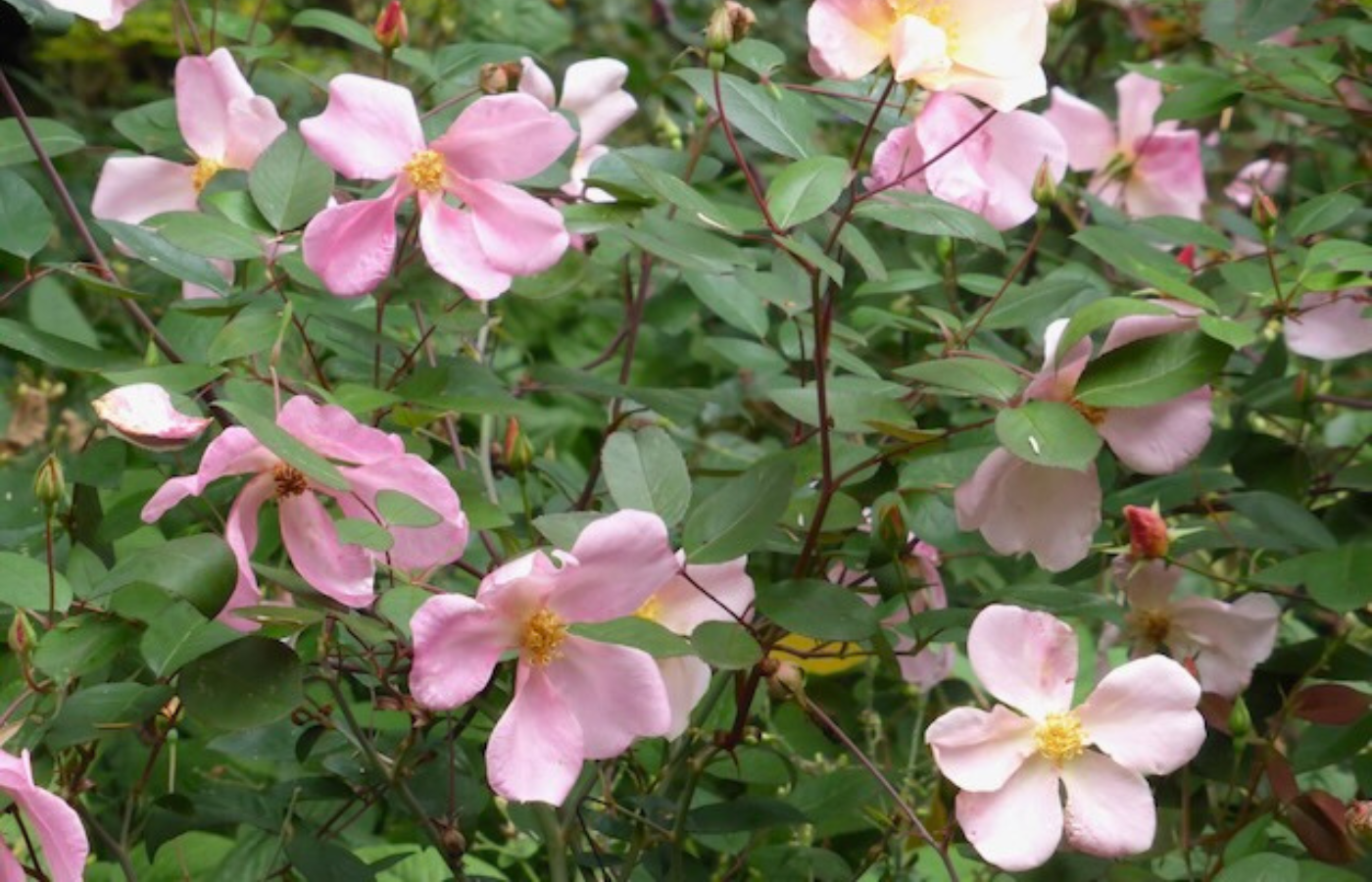
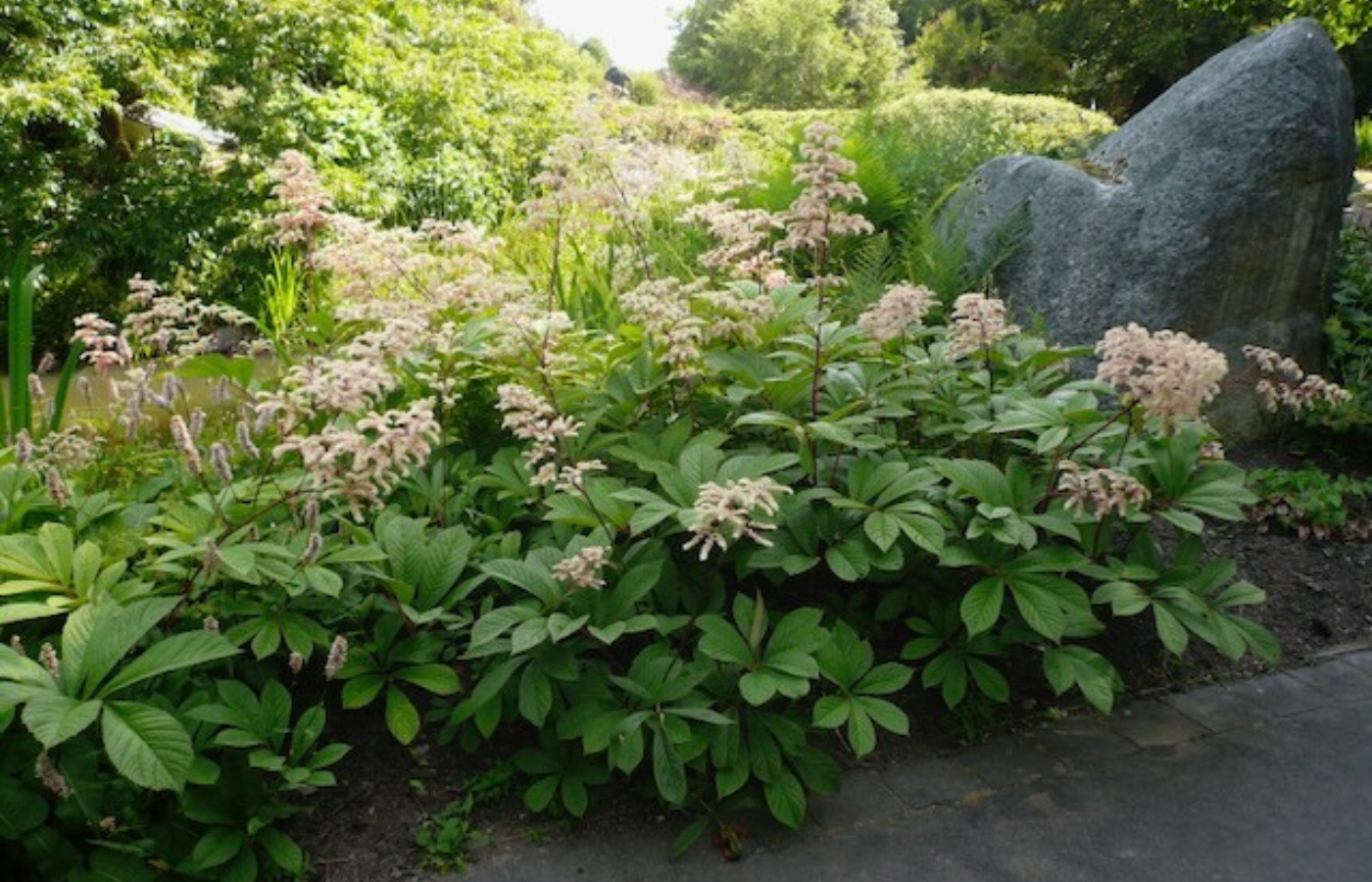
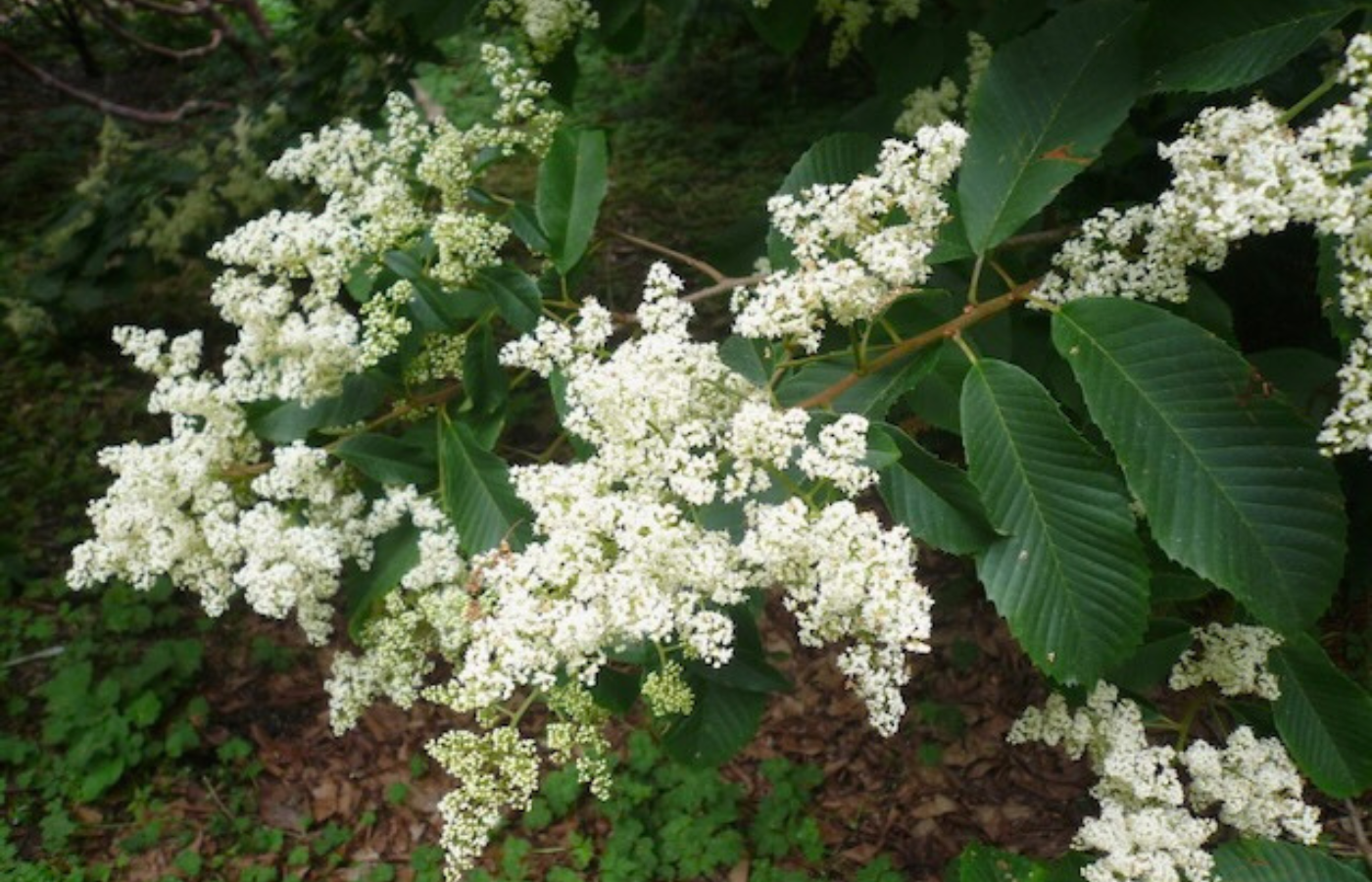
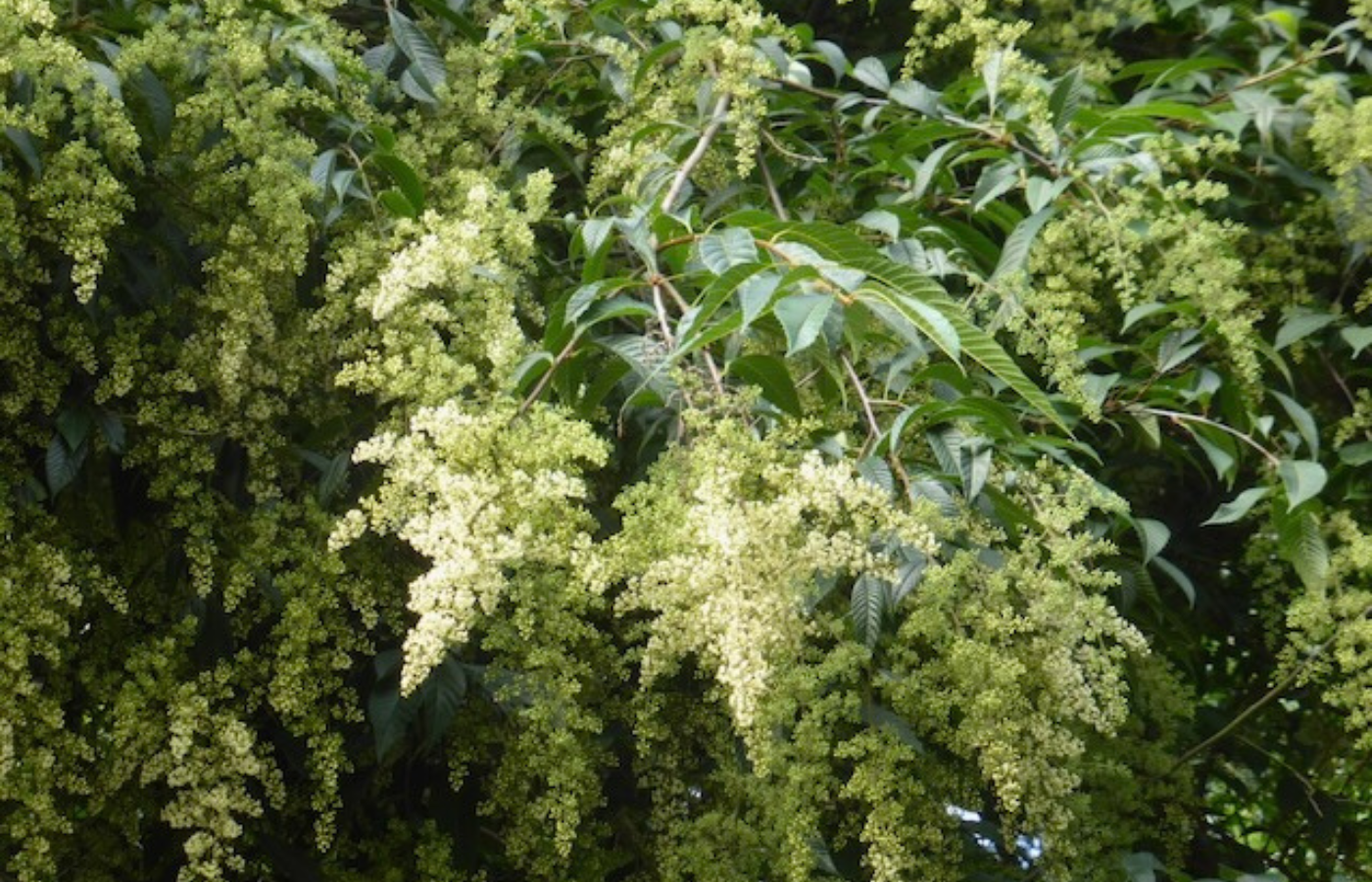
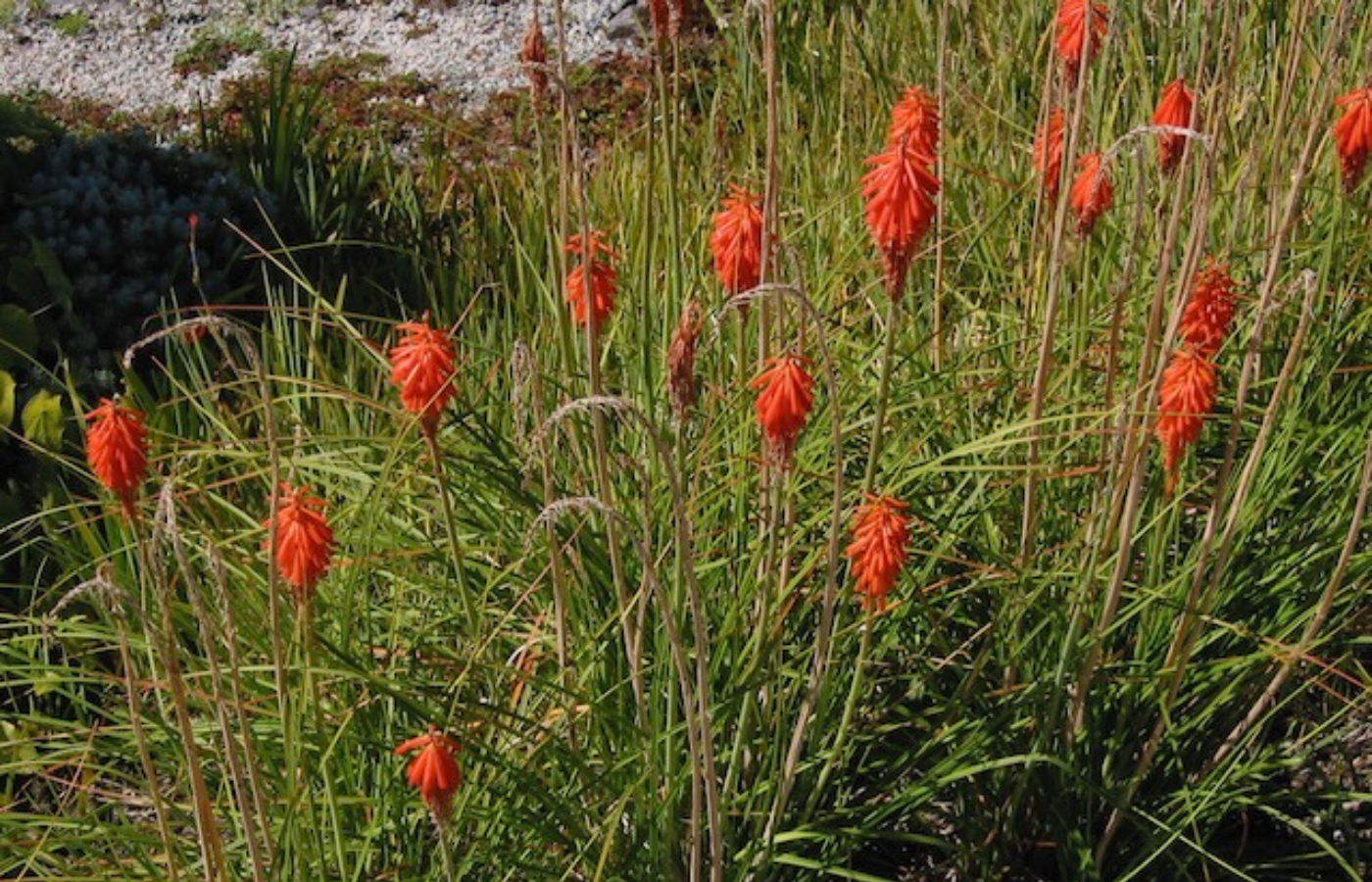
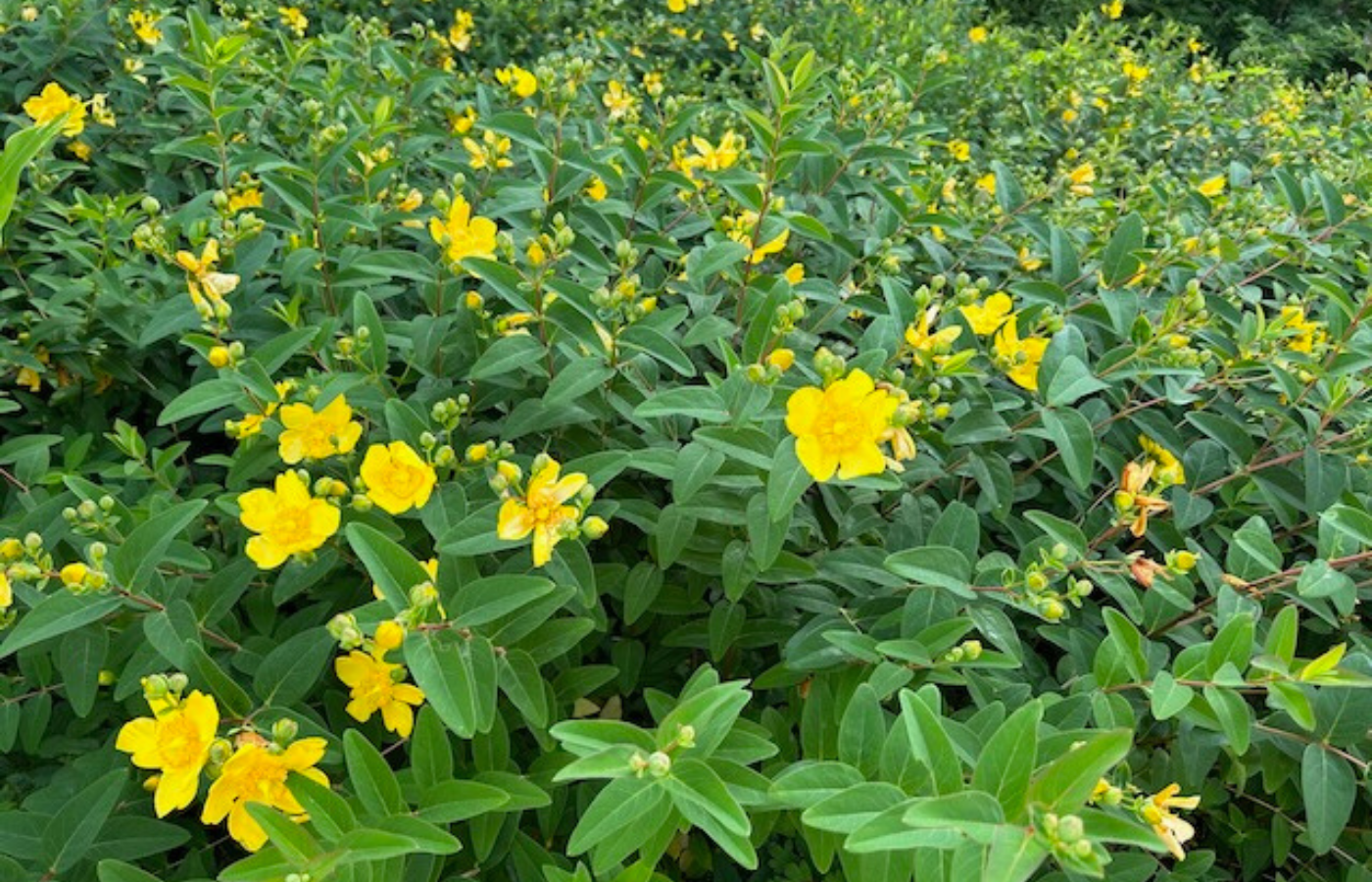
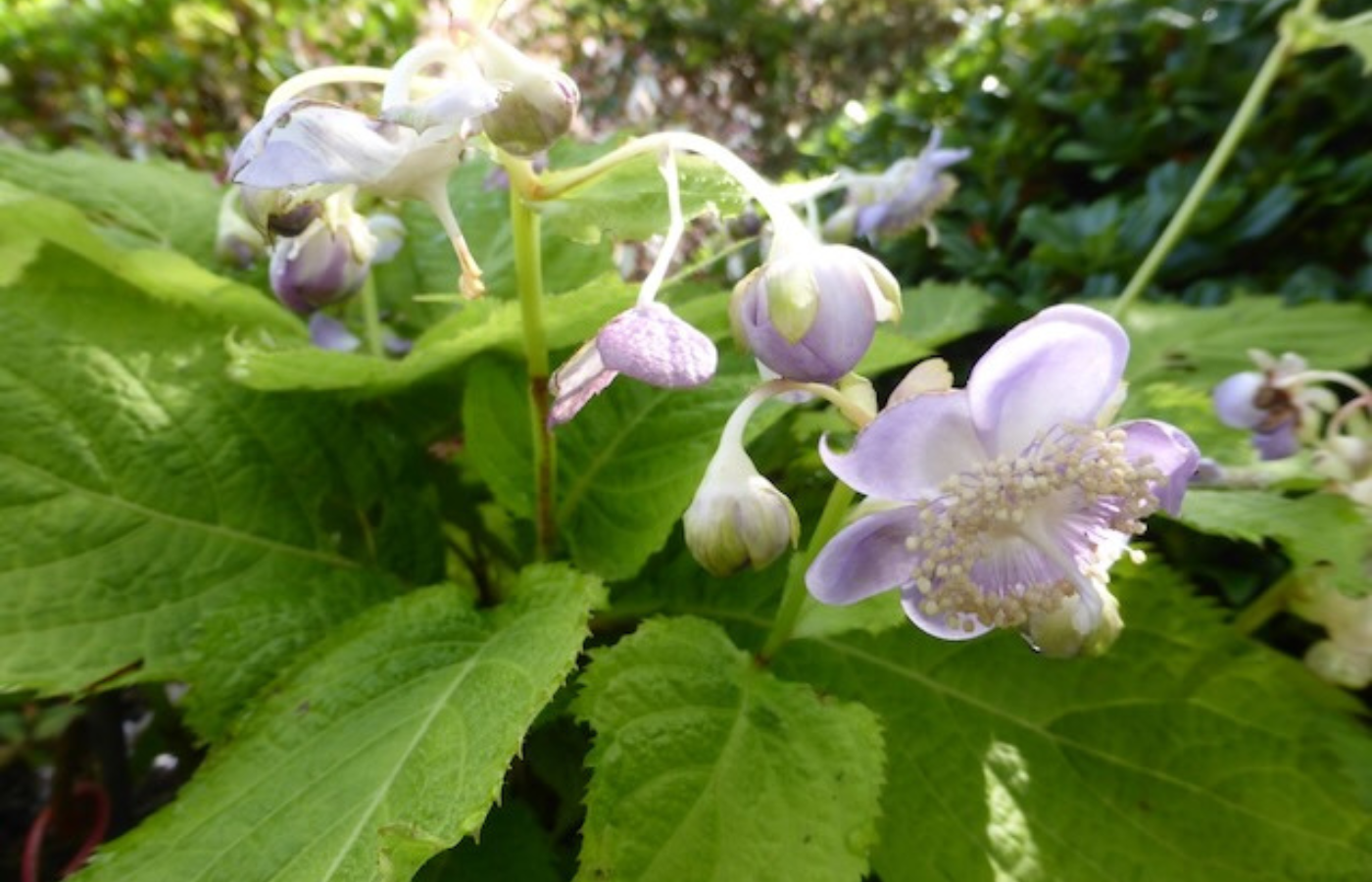
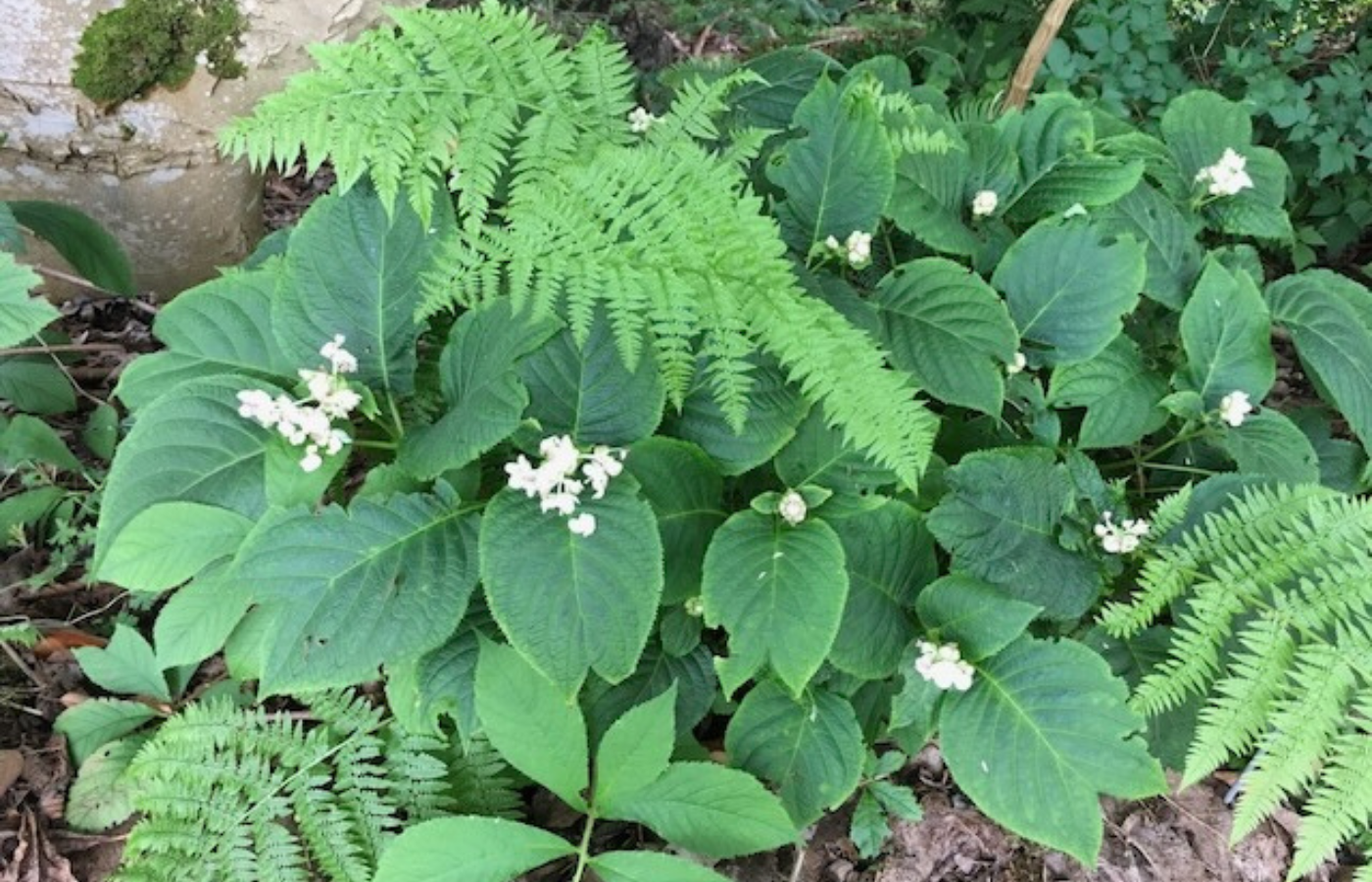
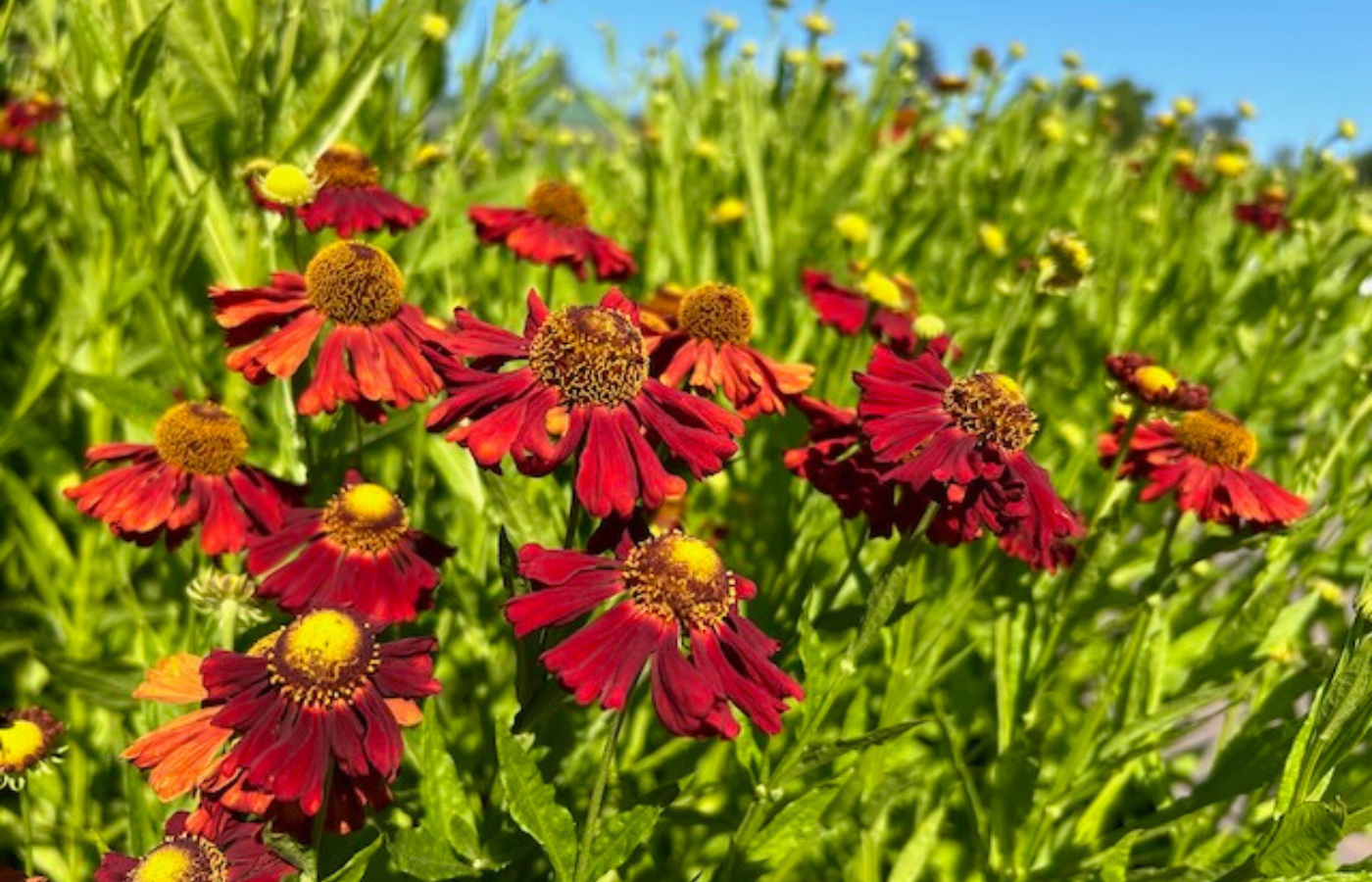

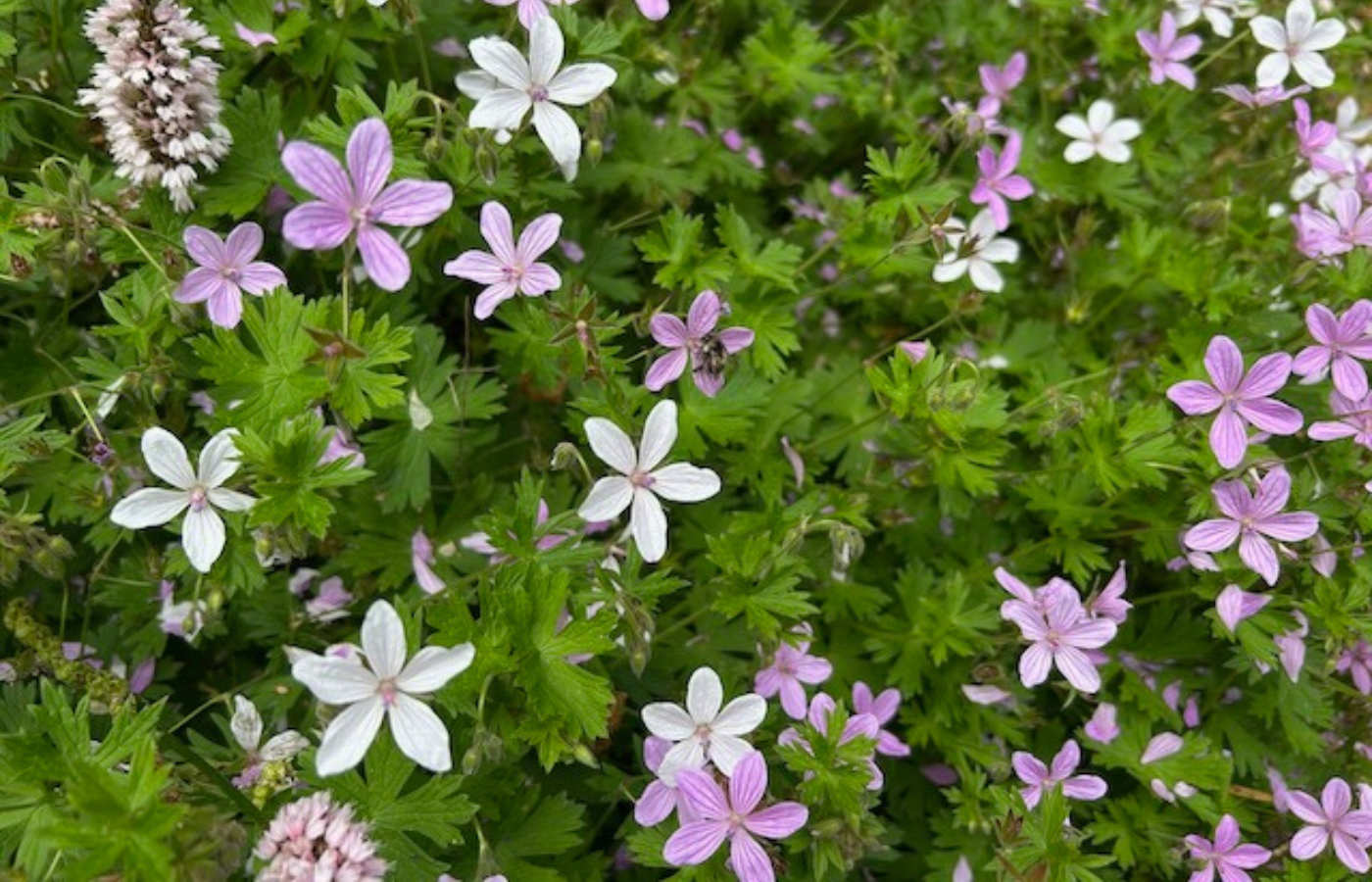
Thank you Douglas!